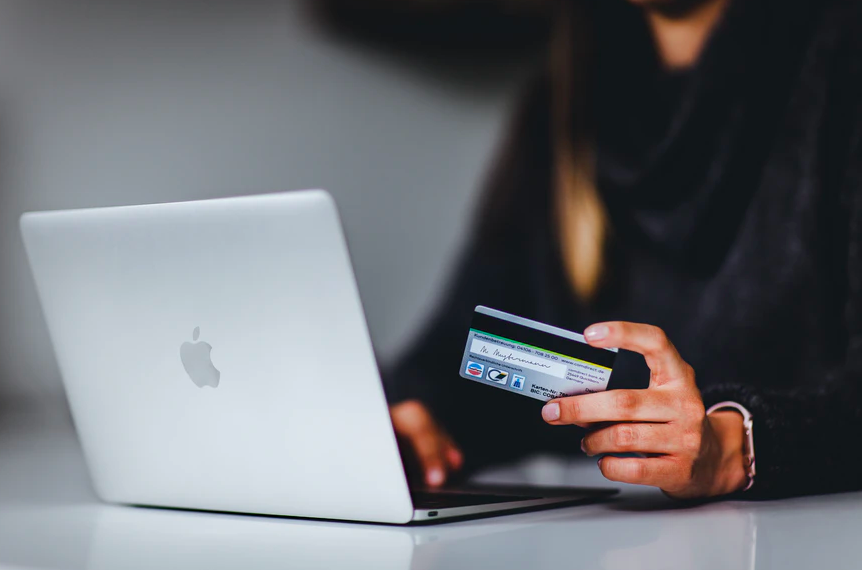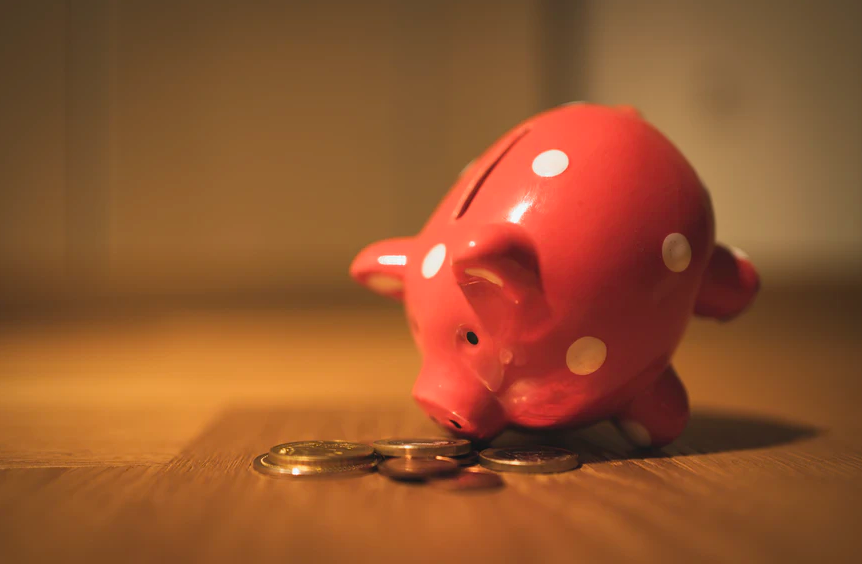Lending programs, otherwise known as Buy Now Pay Later (BNPL) have infiltrated almost every capitalistic exchange that exists in society in 2022. This method of payment can be extremely convenient for people looking to buy an item when money is momentarily tight—splitting the payment into more manageable payment portions. It can also exacerbate the problem of those who already have sometimes unrealistic spending habits.
Since July 2021, the percentage of Americans that say that they’re now using one of these services is up to 56%—increasing by 85% between 2020 and 2021—showing that this method of payment has not only been growing in relevance but in popularity as well.
With this extreme growth, The U.S. Consumer Financial Protection Bureau (CFPB) announced its BNPL inquiry putting fintech providers under the microscope to collect information on the risks and benefits of their BNPL offerings.
With more and more emerging fintech apps looking to apply the BNPL lending model to a multitude of sectors, it is also important to note that consumers ended 2021 with record levels of debt, ringing in at a hefty $15.6 trillion. On that high pitched register “ka-ching”, let’s take a look at all angles of this financial development, breaking down the good, the bad, and the ugly of BNPL spending programs.
The Good
Many people have become accustomed to dividing their purchases into four easy payments, and this holds no issue as long as customers are paying their quarter increments on time. The obvious pro about BNPLs is that they are convenient and easy to use. They can also save significant amounts of time, as rather than waiting for the next paycheck, consumers can get what they want (or need) now. This can be especially prevalent for families or those who are caring for a sick or elderly person.
Emerging fintech apps are looking to apply the BNPL lending model to other sectors, from health care to rent, so on an “essentials” basis, this allows financial products to be tailored to meet the consumer where they are at and provide a convenient, seamless, and streamlined experience for some of life’s biggest needed expenditures.
With lending programs, convenience is taken to another level as customers can link payments to debit cards, bank accounts, and in some instances credit cards—with even the capacity to make certain offline retailers available. Regardless of the need, efficiency, or convenience, however, no matter which way you flip it, the fine print on BNPL is that it is more complicated than its simple acronym implies.
The Bad
With more than 500 + BNPL platforms out there, many of which don’t have any regulations, people can easily climb their way into debt in the belief that they were choosing a safe and convenient payment option.
Psychologically, when you see a lower price tag (although in actuality it is a fraction of the price), people will be tempted to buy something that is out of their budget, splurge, or make impulse purchases.

Missing a payment or not having sufficient funds in the account could trigger fees and penalties with BNPL, and customers may also have to pay interest for the rest of the payment period. In fact, Some BNPL providers penalize consumers up to 25% of their purchase for repaying late.
This can have an extremely negative impact on a person’s credit score because on-time payments aren’t reported to the credit bureaus but missed payments and defaults are. This is even further aggravated by the fact BNPL services lack the oversight that credit cards and other types of loans have.
Lending programs also lack flexibility as it can be hard to receive a refund if the product didn’t arrive or was defective since you have to work with both the retailer and the BNPL service to resolve any issues with items—showing that the undercurrents of BNPL can quickly become a riptide to people’s financial health if not monitored closely.
The Ugly
Interest rates for BNPLs tend to be higher than credit card interest rates, and a Credit Karma study showed 72% of consumers in the U.S. ended up with lower credit scores after using unregulated BNPL services.
Fintechs have demonstrated that BNPL offerings are an inclusive option throughout both in-store channels and e-commerce sites, but they do so without the structure of liability that is needed to keep those same included customers safe from their own uninformed spending habits. This is proven by the fact that some 60% of BNPL users say they have used the service to buy something unnecessary.
This begs the question of whether BNPL is truly a financial solution, or if it is simply further perpetuating the disease of debt.
One might think this is mainly only the big players in retail exercising a lending platform to grow their capitalistic prowess, but actually, more than a quarter of small and midsize businesses now offer a BNPL to their customers. This makes it clear that a solution that levels the playing field between all parties involved in BNLP transactions is needed for this quickly growing payment system to remain beneficial to the customer, merchant, and the financial institution that supports it.
The Solution
With the right set of regulations, honest and responsible lending can go hand-in-hand with accessible and affordable consumer financing. One company, Jifiti, generates safe and fair BNPL transactions by creating a new category of BNPL, where the banks themselves can offer a lending program to retailers at POS.

Left to right: Meir Dudai , Shaul Weisband, Yaacov Martin
The company’s white-labeled BNPL platform provides banks and lenders with state-of-the-art technology to easily deploy and scale their competitive consumer loan programs at any merchant’s point of sale – online, in-store, and via a call center.
By partnering with a BNPL provider, banks can tap into proficient and responsible lending solutions that will benefit both merchants and consumers. Furthermore, when BNPL solutions are facilitated by banks, both merchants and customers are protected—creating a sort of “white label” BNPL option—and showing that this financial payment system can be regulated.
This white-labeled BNPL also allows merchants to increase sales and average order value (AOV). Concurrently, consumers can benefit from high acceptance rates provided by banks and other regulated financial institutions. Finally, leading banks and lenders can offer the most competitive loan programs—making for a win-win-win scenario.
By helping to mitigate many of the risks and facilitating safer and more pragmatic financial solutions, companies such as Jifiti show that BNPL can be a winning partnership amongst parties—manifesting a feasible payment solution for the future of digital transactions.
Disclosure: This article mentions a client of an Espacio portfolio company.











